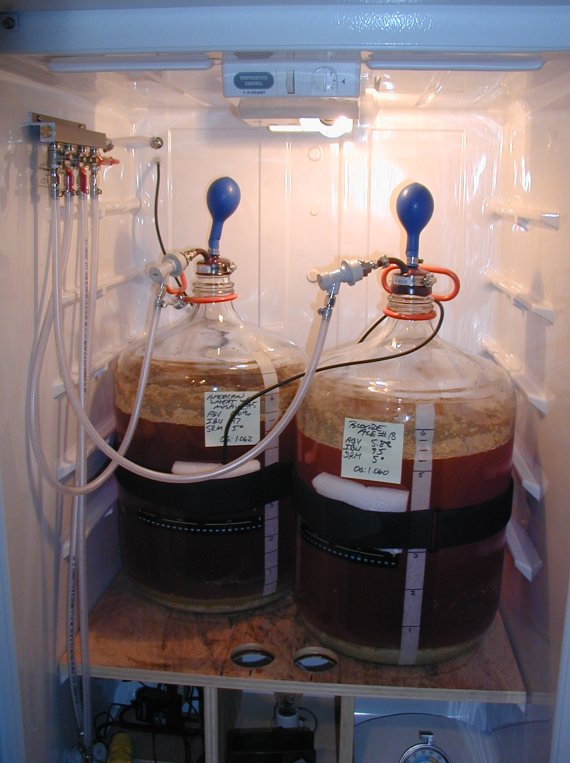- Joined
- Dec 14, 2015
- Messages
- 151
- Reaction score
- 15
brew-bros,
Wondering if I cold crash my neipa before kegging? I’ve had experience with neipa not cold crash tasting waaaay too hop burny And cold crashing has helped that out.
My thought was to cold crash then close transfer to my corny. Thoughts?
One last question— when kegging snd close transfering... do you keep the purge valve open on the kegging during the close transfer process?
Thanks in advance
Wondering if I cold crash my neipa before kegging? I’ve had experience with neipa not cold crash tasting waaaay too hop burny And cold crashing has helped that out.
My thought was to cold crash then close transfer to my corny. Thoughts?
One last question— when kegging snd close transfering... do you keep the purge valve open on the kegging during the close transfer process?
Thanks in advance






















![Craft A Brew - Safale BE-256 Yeast - Fermentis - Belgian Ale Dry Yeast - For Belgian & Strong Ales - Ingredients for Home Brewing - Beer Making Supplies - [3 Pack]](https://m.media-amazon.com/images/I/51bcKEwQmWL._SL500_.jpg)




































